Sequence of images showing the expanding shells of gas ejected by the nova V445 Puppis. This system was observed to dramatically increase in brightness in November 2000. Spectroscopic examination of the event revealed the presence of dust around the star, and a surprising lack of hydrogen. These data imply that the star system has erupted before, producing the dust, and that it is most likely formed of a white dwarf star accreting helium from a companion star. The amount of helium builds up on the dwarf s surface until it becomes hot and dense enough to ignite, causing the nova. The system is interesting as it is thought that it may one day become a type 1a supernova, an event widely studied in astrophysics as it can be used to determine distances and for the study of dark energy. Imaged by the NACO adaptive optics on the European Southern Obervatory磗 Very Large Telescope, in Chile.
Details
WebID:
C00604005
Clip Type:
RM
Super High Res Size:
1280X720
Duration:
000:11.000
Format:
QuickTime
Bit Rate:
50 fps
Available:
download
Comp:
200X112 (0.00 M)
Model Release:
NO
Property Release
NO

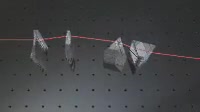
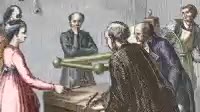
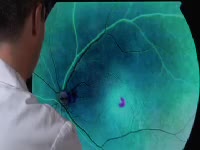
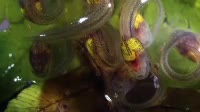
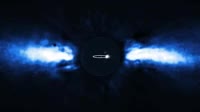

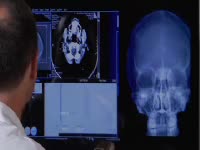
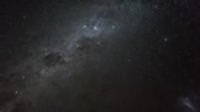


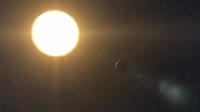
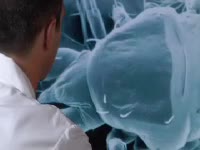
 Loading
Loading